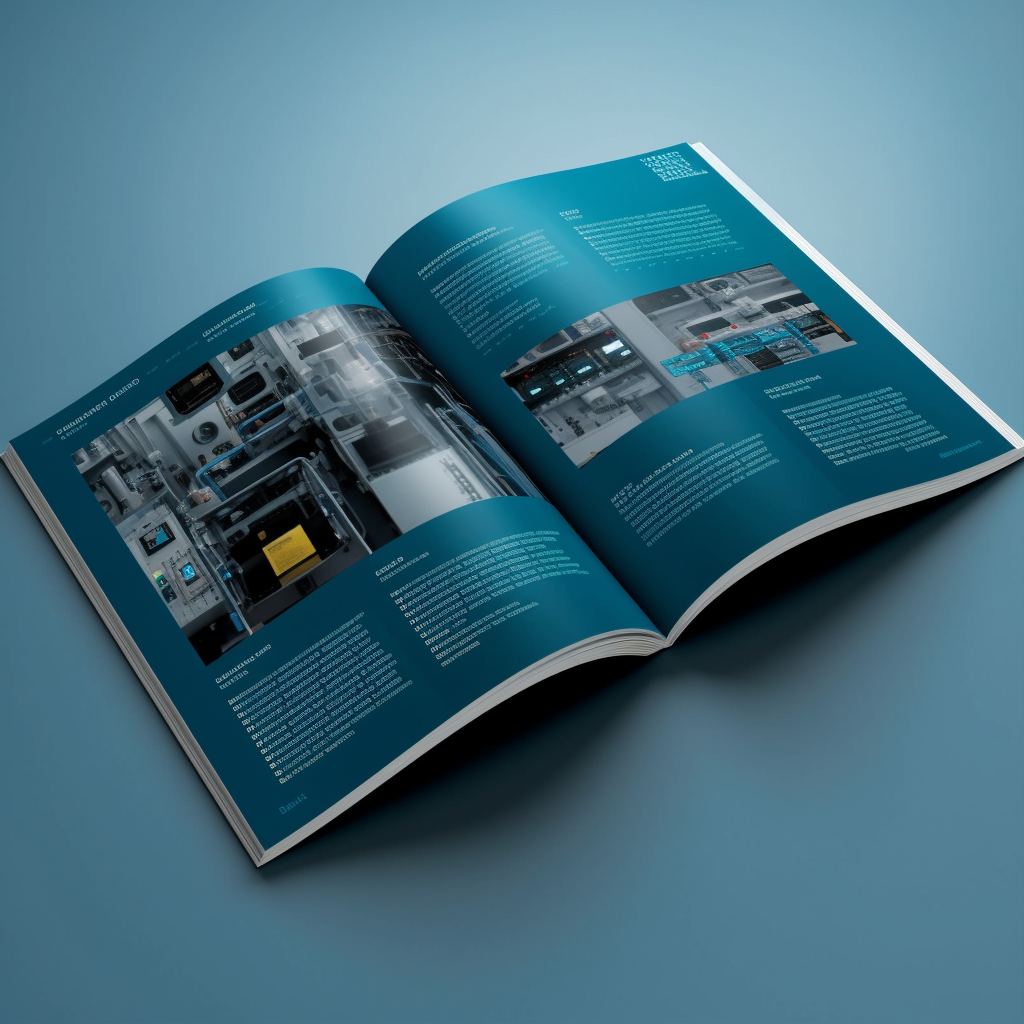Mainframe users face a special challenge
Often, more than 70% of the transactional data resides on the mainframe – therefore the data is incompatible with direct processing from LUW, Cloud and Hadoop systems.
tcACCESS allows the user or programmer to access not only DB2, but also all non-relational mainframe sources such as VSAM, DL/I, IMS/DB, Adabas1, Datacom/DB2, IDMS/DB, etc. with standard SQL commands, viz. from a relational view.
A tcACCESS ‘driver’ enables read and write access to mainframe data via standard interfaces like ODBC, JDBC/J2EE or via .NET, C, C++, C#, OLE DB and Apache Sqoop or Apache Spark from a client/server application (LUW), a web server or Cloud environment.
ODBC/JDBC Driver Support for the Following Data Sources
- VSAM
- DL/I
- IMS/DB
- Datacom/DB
- IDMS/DB
- Adabas
Features
Stored Procedure Support: Calling Existing Mainframe Programs
Data Exchange via Integrated Up- and Download Functions
Revision Safety and Security
tcACCESS Open System Transparency
Application Areas
- Data visualisation: Presentation of data from different sources and systems as virtual data source
- Data integration from mainframe to LUW based applications such as Office applications such as MS-EXCEL, MS-Word, MS-ACCESS, OpenOffice and LibreOffice.
- JDBC access to diverse IBM mainframe data from web applications and web application servers
- Re-engineering of 3270 user interfaces
- Mainframe application modernisation
- SOA integration of mainframe data and applications
- Direct access to mainframe data from Cloud and Hadoop platforms with Apache Sqoop or Apache Spark
- Easy and efficient upload and download of mainframe data e.g. to MS-EXCEL, MS-ACCESS or reporting tools
Benefits
- Quick reaction to new requirements in the field of analytics and reporting through direct access
- Integration through standard interfaces like ODBC and JDBC drastically reduces or even nullifies the programming effort for data integration across systems
- Significant time savings for data integration in heterogeneous system environments
- Quick use of mainframe data with new technologies
- High responsiveness to new requirements
- No mainframe know-how necessary for working with mainframe data
- Less coordination effort in projects across systems
- No investment in middleware necessary
- Ideal use of all resources
- No training effort
- Avoids redundancies
- Automatisation instead of manual intervention
- More security and independence through standardisation instead of individual solutions
- The integration of new technology has no limitation in the mainframe environment
Register for Exclusive Data Migration and Modernisation Brochures
Join our mailing list to receive information about our services and gain access to valuable resources tailored to your requirements. Once you sign up, you’ll receive a personalised URL via email, providing you with marketing and technical insights about tcVISION, tcACCESS, Liberator, and more. Begin your journey today and enhance your understanding of CCA Software’s Data Modernisation and Migration services.
